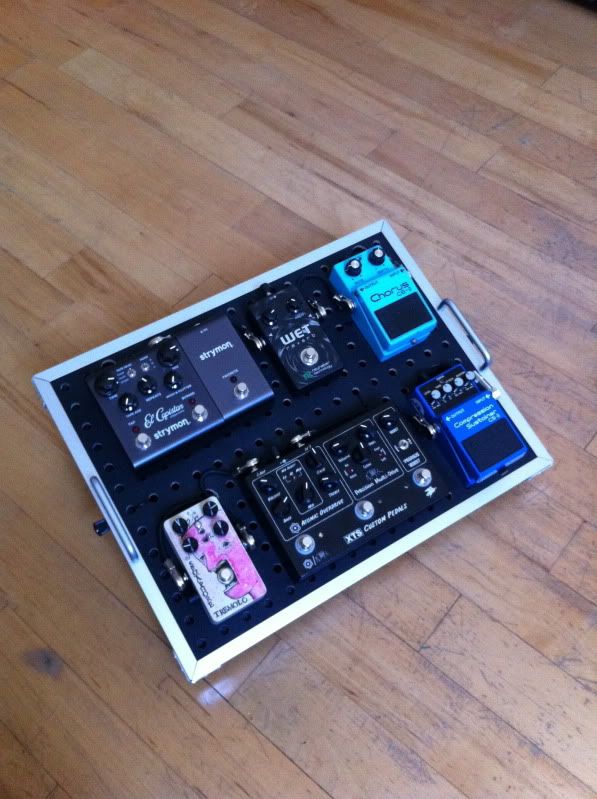mark2boogie
Well-known member
Well yes, it's well known !Very interesting. I knew, that the reason for core lamination and isolation is to cut eddy currents.
So probably the tie rods form shortcut, if the holes in the core are too small and the tie rod can touch the core inside.
Exactly. But the "total magnetic shortcut" occurs between the 1st and the last lamination if the ends of the tie-rods are not insulated by nylon (or so) washers : this is the most important.
And I never thought about the rust thing. Maybe thats the reason why in one of my old Kitty Hawk Amps the Xfo gets quite hot after a while: it is indeed a little rusty outside.
Well, it is a possibility. I suggest you then to clean from rust as best as possible you transformer's lamination edges, and treat it with anti-rust coating (in France, we have the RUSTOL OWATROL, which is very convenient for that), but I won't say that it is the absolute cure. On most of my old Fenders - which have no or minor/non significant rust traces - the transformers get very hot but works well... Till one day where they will die by overheating, may be. A surface temperature of 50°C for a transformer on nominal duty is common, in fact.
To summarize, what kills transformers is :
- excessive humidity, which ruins coil insulation. I tried to save transformers of a friend's amp (a 2x75W Mickaelson & Austin TVA-1 HiFi tube amp of the 80's) which was immerged by accident in a water flood for one night : it was useless - even with a prolonged stay in an oven (1 week at controlled temperature with hot air drying) - the transformers were dead definetly. Neddless to say that we were upset !
- excess heat due to long "little" overload exposition. The windings "roasts" slowly but surely, performances decreases by losses in insulation, and one day there's an arcing or a cut and it's over.
-and we discussed it : magnetic short circuits, by unacceptable design issue, or with the time, damage to the laminations or tie-rods .
A+!



















